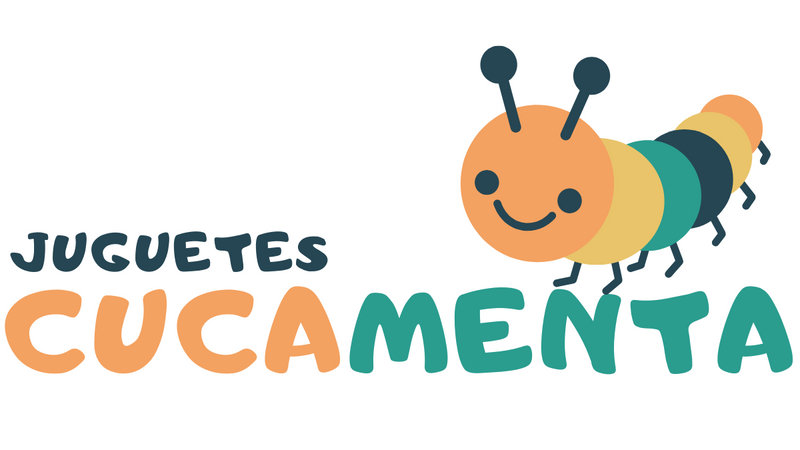"Do you know what's great about babies? They're like little bundles of hope."
Lish McBride
If you are expecting a baby in your home, in this article you will learn what the Moro reflex is , a phenomenon that you have surely noticed in some little person around you who is only a few months old.
Why is it called the Moor reflex?
This primary reflex owes its name to the Austrian pediatrician Ernst Moro (1874 – 1951), the first person to describe the phenomenon in Western medicine. He studied medicine in Graz, Austria, and completed his studies in 1899.
What is the Moro reflex?

From the medical encyclopedia MedlinePlus they describe this phenomenon, which is also known as the startle response, startle reflex or hug reflex. It is an involuntary response of babies to stimulation, extending their arms to the sides, with hands flexed, palms up, and thumbs flexed. They stretch their legs, extend their necks, put their arms together again and cry again.
It is an involuntary startling movement that babies develop in the first weeks of life. It is observed at birth and usually disappears after 3 or 4 months. In premature babies, the Moro reflex may be milder at first.
What triggers can motivate the appearance of this reflex? When the baby's head changes position or falls back abruptly, when a sudden stimulation appears such as a loud noise, or when a movement alters the balance of the baby's body. That is, when the baby feels a sudden stimulus or perceives a lack of support.
It is usually accompanied by a startled look and also crying, which can last for a minute. When the Moro reflex ends, the baby draws his arms back toward his body with his elbows bent and a relaxed posture and gaze.
When does the Moro reflex appear and when does it disappear?
Typically , the Moro reflex appears in the first weeks of the baby's life and reaches its peak in the first month . The most normal thing is that after two months, it begins to disappear and extends until 3 or 4 months of life.
It is observed completely in newborns born after week 34 of pregnancy, and incompletely in those born from premature birth after week 28.
The pediatrician usually checks this reflex after birth and during the first check-ups. The baby is usually placed on a soft, padded surface and the head is raised, letting it fall momentarily, but without letting it hit.
Although each baby develops at its own pace, if this reflex persists beyond four months, it is advisable to consult a pediatrician. Also if it does not appear, since its absence on both sides is related to brain and spinal damage. When it is only on one side, it may be related to nerve damage to the brachial plexus or a fractured collarbone.
From Healthy Children they remember that there are many other reflexes, such as the automatic walking reflex, the palmar grasping reflex, the neck tonic reflex, or the searching reflex . MedlinePlus reminds us that the presence of the Moro reflex in an older baby, child or adult is abnormal.
What to do if a baby is startled by the Moro reflex?

Dodot provides some steps that you can follow when your child wakes up startled due to the Moro reflex: you can spread a blanket and fold the upper peak inward, put the baby on his back with his head on the folded peak, fold the right peak on top of your body, put the lower beak on your feet and bend the left beak. Thus, it will be wrapped like a small package.
Don't miss the opportunity to admire this and other phenomena: they are another example of how life makes its way and the beauty of your baby's growth.


0 comments